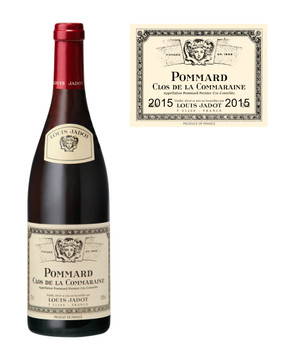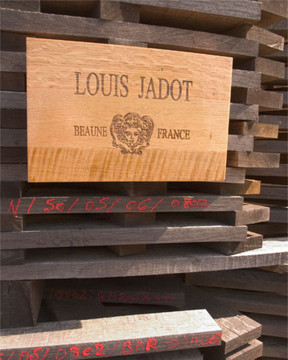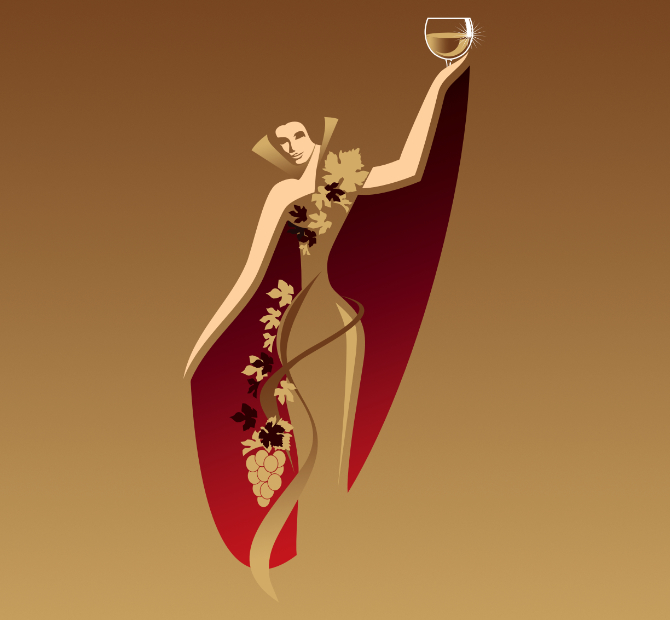

A powerful, elegant wine with concentrated red fruit flavours and vanilla and violet aromas.
VINEYARDS: Volnay lies roughly in the centre of the Côte de Beaune, bordered by Pommard to the northeast, Monthélie to the west and Meursault to the south. The south-easterly exposed vineyards produce only red wines with 26 Premier Crus. The thin, chalky soil has a high calcium content and yields the lightest most delicate wines. The strip below, where most of the Premier Crus are located, is much lower in chalk with a thin iron rich layer covering a more dense subsoil.
VINTAGE: After the challenges thrown at them in 2012, Bourgogne winemakers were hoping for a peaceful 2013 but capricious Mother Nature had other ideas. After a long winter, a gloomy spring and a fine, providential summer, for the most part, the pickers had to wait until the start of October to take up their secateurs. The consequences of the weather's whims - such as shatter and millerandage, hail damage, concentration and disease - all had an impact on the quantities harvested. Across the region, no winegrowing area was spared however experience has made all the difference and 2013 is nevertheless considered a very successful vintage.
WINEMAKING: Fermentation takes place in tanks for 3-4 weeks after which the wine is aged in barrels for 12-15 months before being bottled.
Try with roast chicken, salmon, grilled red meats, duck or lamb and cheeses.
A powerful, elegant wine with concentrated red fruit flavours and vanilla and violet aromas.
VINEYARDS: Volnay lies roughly in the centre of the Côte de Beaune, bordered by Pommard to the northeast, Monthélie to the west and Meursault to the south. The south-easterly exposed vineyards produce only red wines with 26 Premier Crus. The thin, chalky soil has a high calcium content and yields the lightest most delicate wines. The strip below, where most of the Premier Crus are located, is much lower in chalk with a thin iron rich layer covering a more dense subsoil.
VINTAGE: After the challenges thrown at them in 2012, Bourgogne winemakers were hoping for a peaceful 2013 but capricious Mother Nature had other ideas. After a long winter, a gloomy spring and a fine, providential summer, for the most part, the pickers had to wait until the start of October to take up their secateurs. The consequences of the weather's whims - such as shatter and millerandage, hail damage, concentration and disease - all had an impact on the quantities harvested. Across the region, no winegrowing area was spared however experience has made all the difference and 2013 is nevertheless considered a very successful vintage.
WINEMAKING: Fermentation takes place in tanks for 3-4 weeks after which the wine is aged in barrels for 12-15 months before being bottled.
Try with roast chicken, salmon, grilled red meats, duck or lamb and cheeses.
